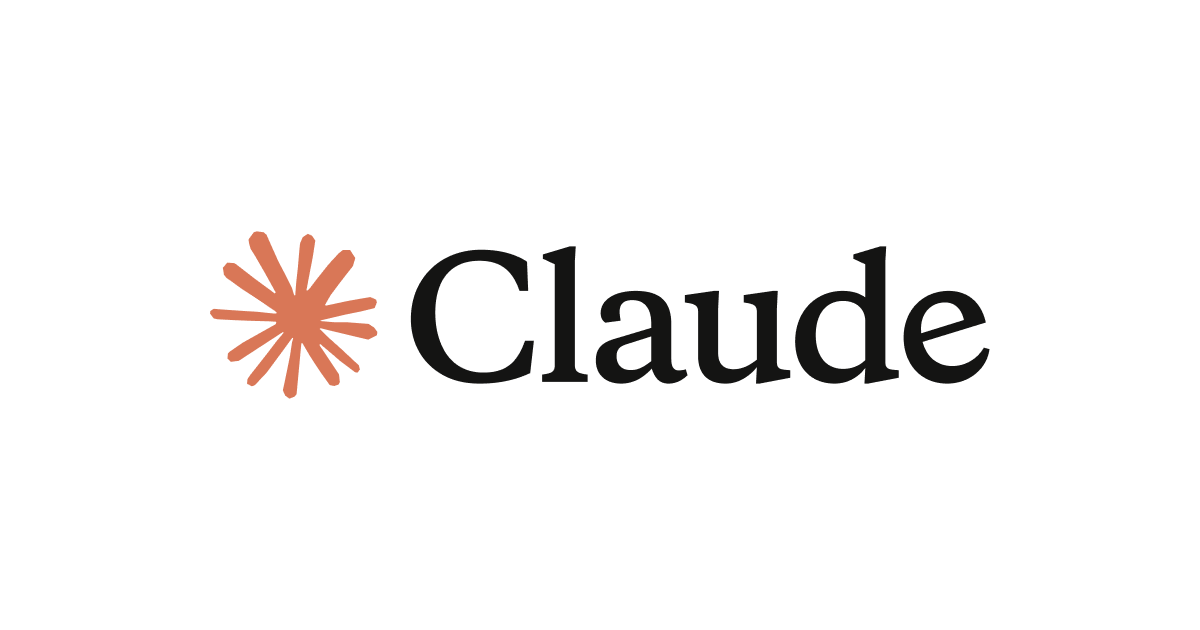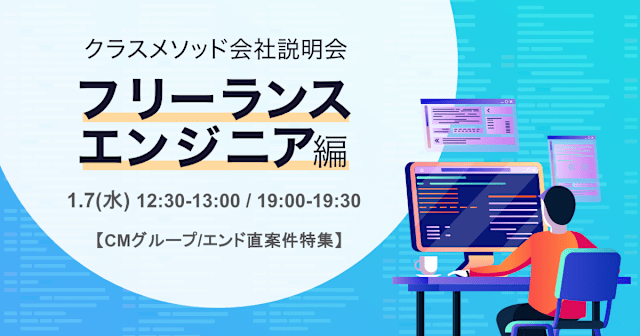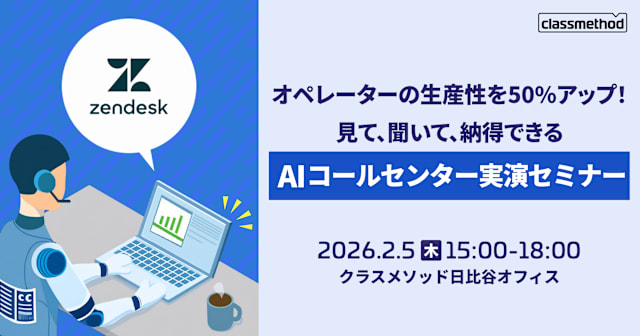
Top 3 Generative AI Trends to Watch in 2025 – What’s #1?

Generative AI is expected to take another major leap forward in 2025, driving even broader adoption in business settings. In this column, we highlight the Top 3 Generative AI Trends for 2025, explore key points and the latest developments.
The original article was published on February 12, 2025.
Table of Contents
- Trend #3: Large Language Models (LLMs) Evolution and Expanded Applications
- Evolution of LLMs
- Synergies with Other Trends
- Trend #2: AI Agents
- Practical Task Examples
- Potential for New Ways of Working
- Trend #1: The Rise of Multimodal AI
- Use Cases of Multimodal AI
- Conclusion
Trend #3: Large Language Models (LLMs) Evolution and Expanded Applications
Evolution of LLMs
- Advanced Writing Support
LLMs are expected to generate drafts of complex reports and academic papers in a way that makes it easier for humans to refine and finalize.
- Data Analysis
Ability to interpret vast amounts of data from multiple perspectives will improve further; helping identify trends, patterns and presenting decision-making insights in clear and timely ways.
- Programming Assistance
Beyond code generation, LLMs will become more powerful at debugging and refactoring. This will not only accelerate development cycles but also make programming education more accessible and effective.
Synergies with Other Trends
Multimodal AI, AI agents, and LLMs are valuable individually, but their combination could unlock far greater potential. For example, an AI agent equipped with multimodal capabilities that leverages an LLM to deliver multilingual, sophisticated decision support; a scenario that is quickly moving from theory to reality.
Trend #2: AI Agents
AI agents are systems that autonomously collect information from their environment and make decisions or take actions. By 2025, AI is expected to evolve from being a supportive tool to becoming autonomous agents capable of executing tasks and playing a prominent role in supporting human work.
Use Case Examples
- Operational Efficiency
Routine tasks such as scheduling and email handling will be further automated, freeing humans to focus on more strategic tasks.
- Decision Support
AI will increasingly assist in management decisions through large-scale data analysis such as risk assessments and market trend evaluations. Imagine walking into a management meeting where AI has already generated a comprehensive report, ensuring all participants begin discussions with a shared perspective.
- Creative Activities
AI agents are also beginning to play a role in idea generation for new businesses or creating personalized learning plans. Rather than replacing human creativity, they can help spark it, accelerating innovation.
Potential for New Ways of Working
AI agents are anticipated to adapt to individual users by learning their behaviors and preferences, allowing for more personalized support and recommendations. This could include automatically streamlining schedules and task management, ultimately making work styles more flexible and efficient.
Trend #1: The Rise of Multimodal AI
Multimodal AI, which can analyze and process multiple types of data such as text, images, and audio, is progressing rapidly. By 2025, its applications are expected to widen dramatically, impacting both daily life and business.
Use Cases of Multimodal AI
Case 1: Enhanced Customer Support
- By combining natural language processing with voice recognition, chatbots can engage in more human-like conversations. Adding image recognition would take this a step further, allowing them to instantly understand issues such as device malfunctions simply from shared photos.
Case 2: High-Precision Diagnostic Assistance
- Multimodal AI has the potential to unify medical data from X-rays, genetic profiles, and other sources, providing stronger support for diagnostics and treatment planning. The result could be earlier identification of illnesses and more informed, accurate treatment choices.
Case 3: Entertainment Industry
- Multimodal AI’s ability to generate storylines, characters, visuals, and audio in combination could redefine content creation, opening the door to completely new forms of entertainment.
Gartner Japan predicts that by 2027, 40% of generative AI solutions will be multimodal, with adoption spreading across sectors like healthcare and manufacturing. This growth is expected to drive faster business implementation.
(Reference: Gartner Japan Press Release, September 2024)
Conclusion
In 2025, the development of generative AI will center on three key areas: multimodal AI, AI agents, and large language models. Each of these technologies is already advancing rapidly, and their continued integration and sophistication are expected to unlock entirely new sources of business value.










